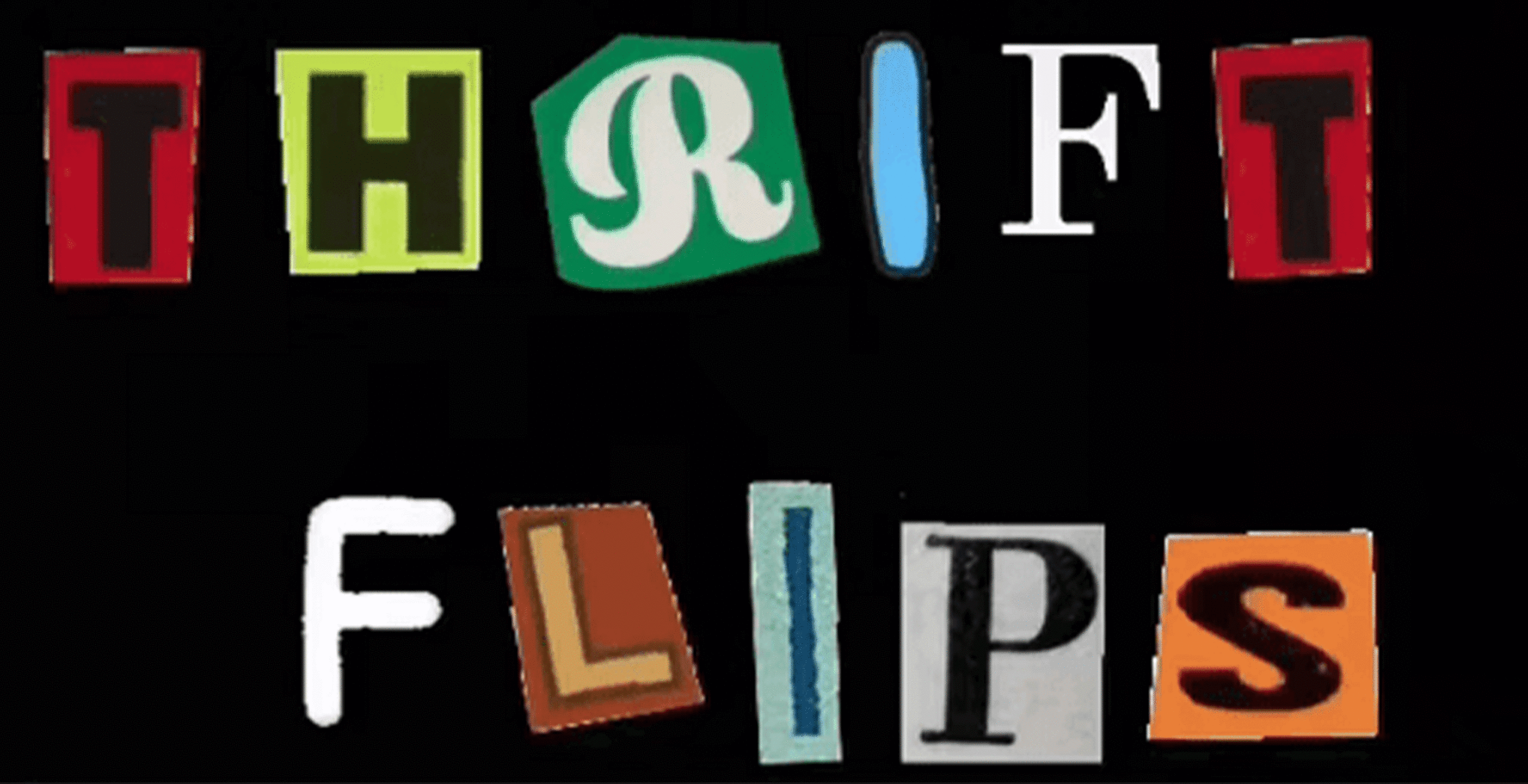Everybody loves a (good) DIY-Project. Especially in this day and age when lockdowns and staying at home let us kiss the creative muse more than once. The combination of inescapable boredom, an increasing need for individuality, the rise of vintage fashion and an emerging awareness of sustainable consumption allowed DIY Culture to boom immensely (especially online). And someones trash has always been somebody else’s treasure, for sure. Because of that thrifting is having a moment, and so is ‘thrift flipping’ – meaning the act of buying and altering second-hand garments and just so you know – on TikTok, the hashtag #thriftflip currently has over 700 million views.
When the fashion industry contributes to 10% of global carbon emissions and nearly 85% of textiles go to landfills, „thrift flipping“ feels like an environmentally healthier, more creative solution to the problem, as well as having the distinct advantage of affordability. And on principle, the notion of taking a second-hand item from a charity shop or thrift store, sewing it into something new on sounds like a great premise. By now, we’ve all read and seen reports repeatedly proving that the fashion industry is hugely wasteful and exploitative. And as more and more people are waking up to this fact, a growing number of shoppers want to make better choices about what goes in their wardrobe.
That’s led to an ever-increasing interest in second hand shopping, which is arguably the most sustainable way to shop. Think about it: Buying pre-owned clothes allows us to add items to our wardrobe without using additional resources in the manufacturing process and keep (some) clothes out of landfills.
The benefits of DIY culture are real, but they come with risks and costs. Many are starting to call out the practice of thrift flipping, blaming it for the gentrification of second hand shops, as well as perpetuating fatphobia. So, let’s talk about #thriftflips and size privilege.
Videos of young, thin women purchasing clothes from thrift stores and turning them into nearly unrecognisable garments have quickly become a mainstay of the thrift flip genre. Indeed, when thrift flippers source clothing for their projects, they tend to buy clothes that are far too big for them, which becomes a problem when larger sizes at thrift stores are already in short supply due to the high demand from people who actually need to wear plus-size clothing.
Of course the cute little two-piece set that once was a 2XL graphic t-shirt is going to be way more sustainable then fast fashion alternative but still: A plus size person isn’t able to purchase said graphic shirt anymore that might have fit them.
After all the issue doesn’t lie in the up cycling trend but rather in the lack of accessibility and size inclusivity that plus size people still face on a daily basis. Having to be depended on fast fashion brands (because let’s be real, those are mainly the only ones that carry a wider range of sizes) puts a hold on a sustainable future that we are trying to achieve.



























